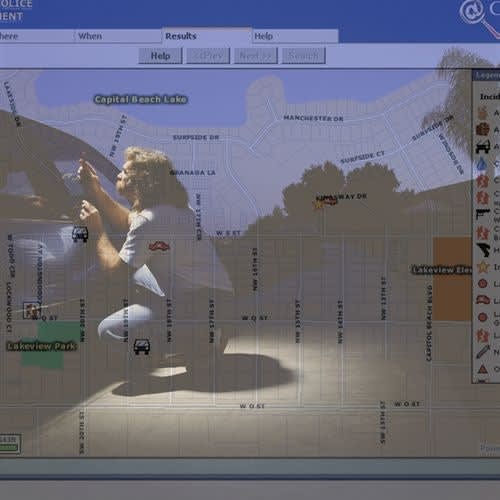Charting Crime’s Migration
Richard Lemmon is the crime analyst for Henry County, Ga., a suburb of Atlanta and the third-fastest growing county in the nation. He maintains multilayered maps of the jurisdiction’s precincts, districts, and crime categories, as well as the dates, times, and addresses of specific incidents. In addition, Lemmon retrieves incident reports filed by patrol officers and inputs them into his GIS, which “geocodes” the data, converting the crimes and their locations into graphics that can be overlaid on a map.
Lemmon says he looks for specific patterns and distributes the maps to precincts over the county’s intranet. “This is near real-time crime mapping. I can plot criminal activity as it is occurring, show how it is developing, how it is moving across the county boundaries,” he says.
“If an individual is breaking into vehicles or if there is a series of burglaries, we can see the cluster start and actually watch it migrate into other areas,” Lemmon adds. “From each event, we can collect pieces of information, including date, time, location, and add these to the MO used.”
The maps created by Lemmon help Henry County law enforcement determine whether they’re dealing with one or more perpetrators and where to allocate manpower to catch or at least deter offenders working in a particular area. “Since we can see crime patterns developing, our response times are now much faster than they were before we had this capability.”












